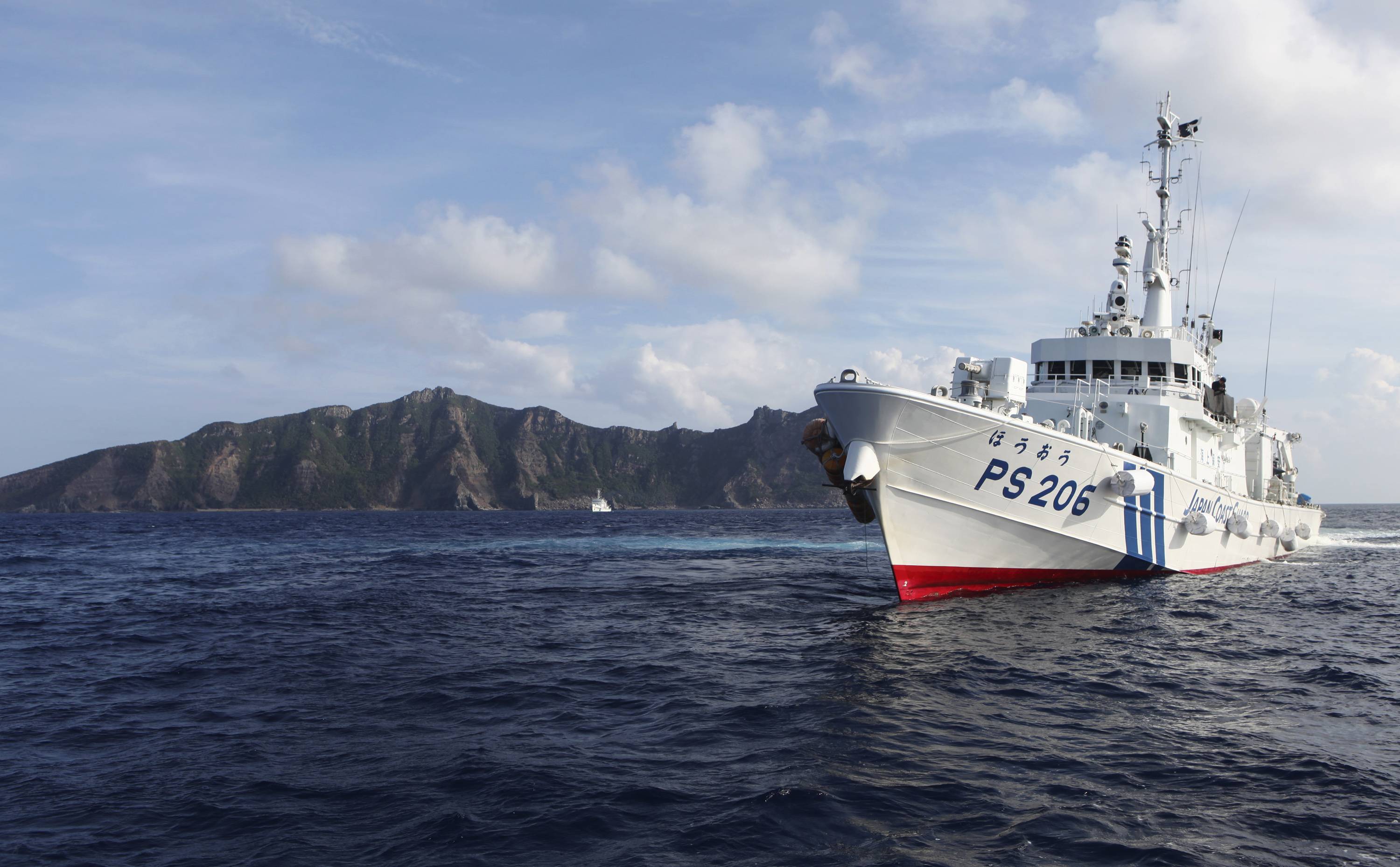The understanding reached between Prime Minister Yoshihide Suga and Chinese President Xi Jinping to pursue high-level contacts is unlikely to stem China’s incursions into the Senkaku territorial waters and airspace. But it will allow Xi’s regime to blend engagement with containment, including challenging Japan’s control of the Senkaku Islands and strengthening Chinese claims of sovereignty over them.
Chinese Foreign Minister Wang Yi’s proposed visit to Tokyo will likely have the same core agenda that his recent trip to Europe had — to avert economic decoupling from China and dissuade U.S. allies from supporting Washington’s moves to impose checks on the exercise of Chinese power. China, however, is unwilling to curb its economic and territorial expansionism.
In fact, Xi continues to push the boundaries, as underscored by the multiple fronts he has opened simultaneously, including in the East and South China seas, the Himalayan frontier, Hong Kong and Taiwan. Yet, Xi has sought to portray China as a country of peace, telling the United Nations General Assembly on Sept. 22, “We will never seek hegemony, expansion, or sphere of influence. We have no intention to fight either a cold war or a hot war with any country. We will continue to narrow differences and resolve disputes with others through dialogue and negotiation.”

















With your current subscription plan you can comment on stories. However, before writing your first comment, please create a display name in the Profile section of your subscriber account page.